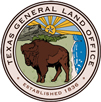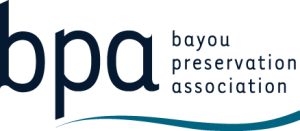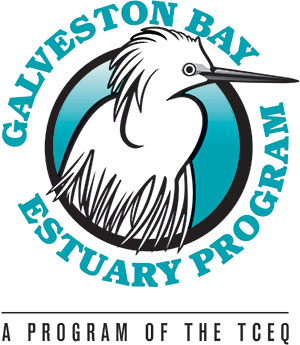Back the Bay aims to improve the environmental quality of Galveston Bay by increasing awareness about the Bay’s value among the public. The campaign educates citizens in the Houston-Galveston region and focuses on three main goals:
1. Improving water quality
2. Conserving water
3. Protecting critical fish and wildlife habitats
In addition, Back the Bay seeks to involve local governments, businesses and industry in voluntary measures to conserve natural resources and build community resilience.
The campaign offers a fun and interactive way for residents to learn about the benefits of, and their connection to, our region’s most valuable natural resource. The campaign also features tips residents can use in their everyday lives to help protect and preserve the Bay.
Background
In 2005, Galveston Bay stakeholders—including Galveston Bay Council members—identified the lack of public awareness as one of the greatest challenges facing the Bay’s future health. Addressing this challenge was identified as a very high priority in the Galveston Bay Strategic Action Plan (2005-2015). The Galveston Bay Estuary Program created Back the Bay to help address this priority.

About Galveston Bay
Galveston Bay is an estuary, a semi-enclosed coastal body of water that has a free connection to the open sea and within which sea water mixes with fresh water. Estuaries are “nature’s nurseries”—some of the planet’s most productive and important ecosystems. The Bay nurtures juvenile shrimp, oysters, crabs and fin fish. Without a well-functioning estuary, there would be little local seafood in our restaurants, and recreational and commercial fishing would dramatically decline.
Galveston Bay is your Bay—a place to fish, hunt, bird-watch, boat, kayak and, of course, eat great seafood. It provides environmental, economic and aesthetic resources for the Houston-Galveston region. Learn more about the benefits of the Bay here.

Galveston Bay Challenges
Wetland Loss
The estuary lost more than 30,000 acres of wetlands between 1950 and 1990. Wetlands provide important habitat for the Bay’s aquatic and wildlife species.
Declining Sea Grass Meadows
Over 70 percent of the estuary’s sea grasses disappeared between 1950 and 1990. Sea grasses serve as nurseries for many species of fish, including those prized by recreational fishermen.
Vanishing Forests and Coastal Prairies
Both of these habitats are disappearing. They protect water quality and are important for migratory waterfowl and rare birds.
Pollution
Pollution has made many area bayous and creeks—as well as some parts of the Bay—unsuitable for swimming and fishing.
Seafood Contamination
Due to contaminants found in crab and fish tissue, residents have been advised not to eat seafood caught along the upper Houston Ship Channel and in adjacent areas by the Texas Department of State Health Services.
Population Growth
The expected 60 percent increase in population projected for the Houston region by 2025 will further stress the Bay.















